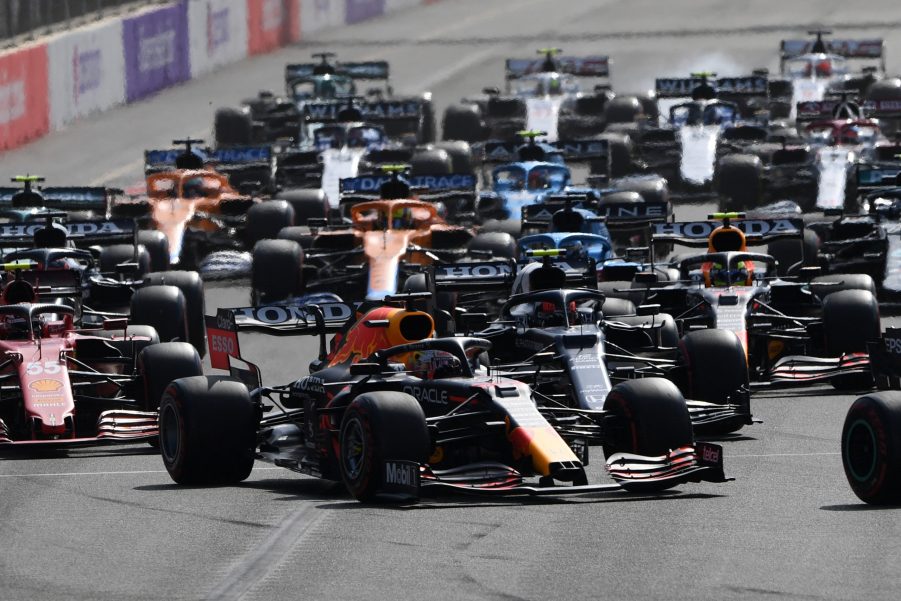
How Red Bull F1’s Flexi Wing Is Shaking up the Championship
Formula 1 is a sport where rules are made to be broken. Teams like Red Bull F1 are constantly looking for new ways to “interpret” the rules to gain advantages. These don’t have to be big advantages either. In a sport where victory is measured in milliseconds, every little change counts. Therefore, every gram must be accounted for, every car perfectly calibrated. Now, it seems that Red Bull has found an advantage in the form of their rear wing.
What does the flexi wing do?

To understand the flexi wing, we need to take a look at the rules. The sport’s governing body, the Fédération Internationale de l’Automobile, or FIA control the rules for Formula 1. If teams find too many advantages, the FIA will change them. Now, that may be the case with Red Bull’s flexi wing.
All components that influence the car’s aerodynamics must be rigidly secured to the chassis of the car according to FIA rules. So, this means that there are only a small handful of places where the rear wing can be fitted. Crucially, the rules also state that more flexible wings are not allowed. They would give too much of an advantage. Moreover, the FIA reserve the right to subject any car to additional testing to ensure that the wing is as rigid as possible.
Red Bull chase down Mercedes

This additional testing is where the drama starts. F1 can be a very political sport, and Red Bull and Mercedes are perfect examples of this. Since the most recent race in F1, Spain, Mercedes driver Lewis Hamilton reported “They have this bendy wing on the back of their car… and they gained at least three-tenths from this wing.” As a result, it appears Red Bull found a way to sneak in a more flexible rear wing.
What’s more, Red Bull says the car is perfectly legal. Team boss Christian Horner says the FIA are happy with the car’s rear wing. This means that in the eyes of the rulemakers, the car is legal because the wing does not flex enough to be considered a moving part. Now, the FIA have made an announcement after the Spanish Grand Prix. They will be conducting further testing of team’s rear wings to ensure they meet regulations.
Other teams may be protesting

Clearly, some teams think that Red Bull may still be getting away with something. Hence, the new testing that the FIA conducted in Azerbaijan. The problem is, there was a whole 11 days in between Spain, where Red Bull’s flexi wing was first noticed, and Monaco, the following race. The Milton Keynes-based team could easily have changed the wing between Spain and Monaco. The team’s interpretation of the rules may not be entirely legal, but this is the spirit of the sport. No matter what, developments like the flexi wing are what keep F1 competitive, and it’ll be interesting to see what teams come up with next.


